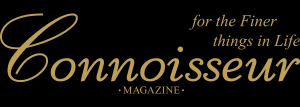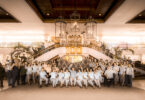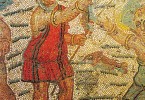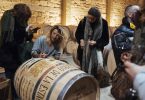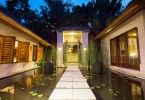
You may also like
CENTARA GRAND BEACH RESORT HOTEL AND VILLAS -AN...
7 months ago
Connoisseur’s GUIDE to Sicily
3 years ago
Goring Hotel-London
5 years ago
Announcement from UNIONE ITALIANA VINI: ERNESTO...
5 years ago
by Staff Writer
June 20, 2020: The Haro Station Wine Experience...
5 years ago
VILLA MAWAR FOR BALI PARADISE
5 years ago
